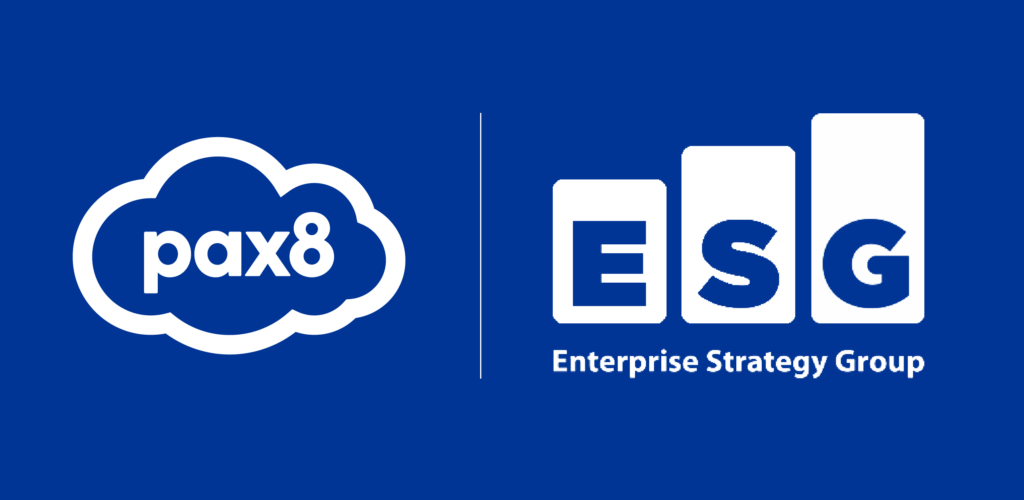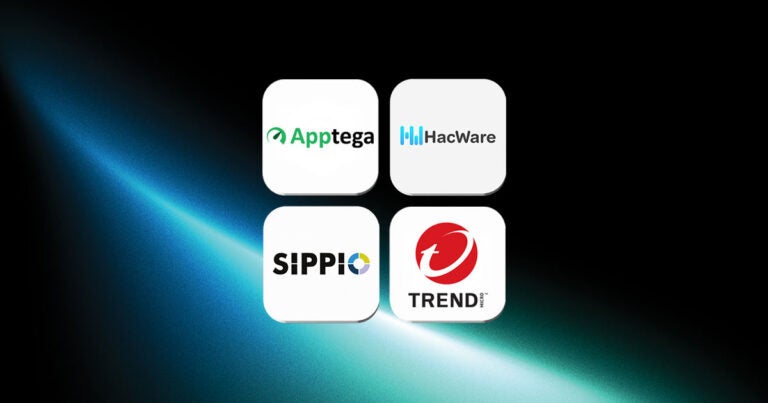As IT rapidly transitions to cloud delivery, MSPs must transform their business models to stay viable.
In a report from Pax8 and ESG, 63% of surveyed MSPs said the desire to remain a trusted advisor is their main motivation to adopt cloud-based managed services, and 57% say the need to shift their business model to recurring revenue-oriented projects is driving the transition.
Using research from the 2020 Managed Services Landscape Report, we’ve identified six ways the modern MSP needs to evolve to stay competitive in the modern cloud landscape.
1. Restructure business models to emphasize recurring revenue streams.
It is essential for MSPs to transition to a business model that emphasizes recurring revenue streams and cloud-based managed services over one-off IT projects and on-prem services. For subscription-based SaaS offerings, MSPs should operate in “constant renewal mode” by engaging clients in ongoing conversations, rather than waiting for an annual account review to discuss changing business needs. Additionally, as clients adopt SaaS and IaaS consumption models, supporting automated follow-on and renewal business will reduce the risk of client attrition.
2. Adjust team configuration and expand technical skills and capabilities.
MSPs should reconfigure their teams to align with the market shift to cloud services – increasing the number of employees capable of supporting cloud delivery by redistributing a percentage of employees dedicated to on-prem services. The modern MSP should invest in hiring experienced cloud tech talent, as well as in developing team members’ technical skills and certifications.
As “the face of the company,” field technical staff should be considered an important arm of sales and marketing. MSPs should develop an incentive plan (backed by sales training) for technical staff focused on up-selling and cross-selling cloud products and services.
3. Invest in sales and marketing.
As MSPs take steps toward adopting IT managed services delivered via the cloud, they need to revisit how they invest in sales and marketing. This requires retraining Sales teams to navigate conversations around cloud products, as well as educating clients on the benefits of cloud adoption.
Restructuring incentive and compensation plans can be a powerful tool to motivate sales efforts around cloud solutions. MSPs should also invest in agency or in-house marketing capabilities to execute lead generation campaigns and develop marketing resources — such as info sheets, guides, and videos — that will drive new client acquisition and end user adoption.
4. Design new solution packages and tell a security story.
New cloud products and services should be packaged within the framework of a strategic solutions set. Finding the right balance between margin and value is critical when pricing cloud offerings. For example, 45% of small MSPs say that determining the right pricing levels is their greatest challenge in transitioning to cloud-based services. The modern MSP who offers partner-branded solutions sees significant margin gains over those reselling vendor-branded solutions.
While partner-branded solutions require upfront investment to host, manage, and deliver, the increased value and relevance from offering a customized, branded product leads to higher margins. In today’s threat-filled cyber landscape, every IT provider must also be a security provider. MSPs should aim to increase their total security offerings while baking a “security story” into every solution and service sold.
5. Choose vendors that fit with and enhance the MSP’s brand.
It’s important for MSPs to curate their tech stack to create a cohesive solution set aligned to the needs of their client base. MSPs should carefully vet vendors before bringing them on to ensure that new products add value to their solution stack. In fact, 64% of MSPs say that the most important criteria for vendor selection are whether “products fit well with the rest of my portfolio.”
New products should enable the MSP to further differentiate their business through unique and/or industry-leading technology. MSPs should also evaluate the vendor’s reputation to ensure that new products will enhance the MSP’s brand and drive demand.
6. Align with a strategic cloud partner.
Working with a strategic partner who offers a cloud platform, technical development, and white-labeled solutions creates a powerful collaboration to accelerate modern cloud strategies. In the modern cloud marketplace, a platform that includes PSA integrations, business analytic tools, and a catalog of vetted vendors helps MSPs achieve optimal efficiency to drive cloud adoption.
In addition, finding a partnership that includes sales enablement and marketing support is imperative. Business insights into up-sell and cross-sell opportunities, educational events, and strategy calls with a dedicated account team can help propel an MSP’s cloud business to new levels.
To succeed amidst the cloud evolution, MSPs need a modern partner experience. Adopting these recommendations can help you build efficiencies into your business model to create a next-gen organizational roadmap. Responsive partners that adapt to changing market conditions won’t just survive – they’ll thrive.





